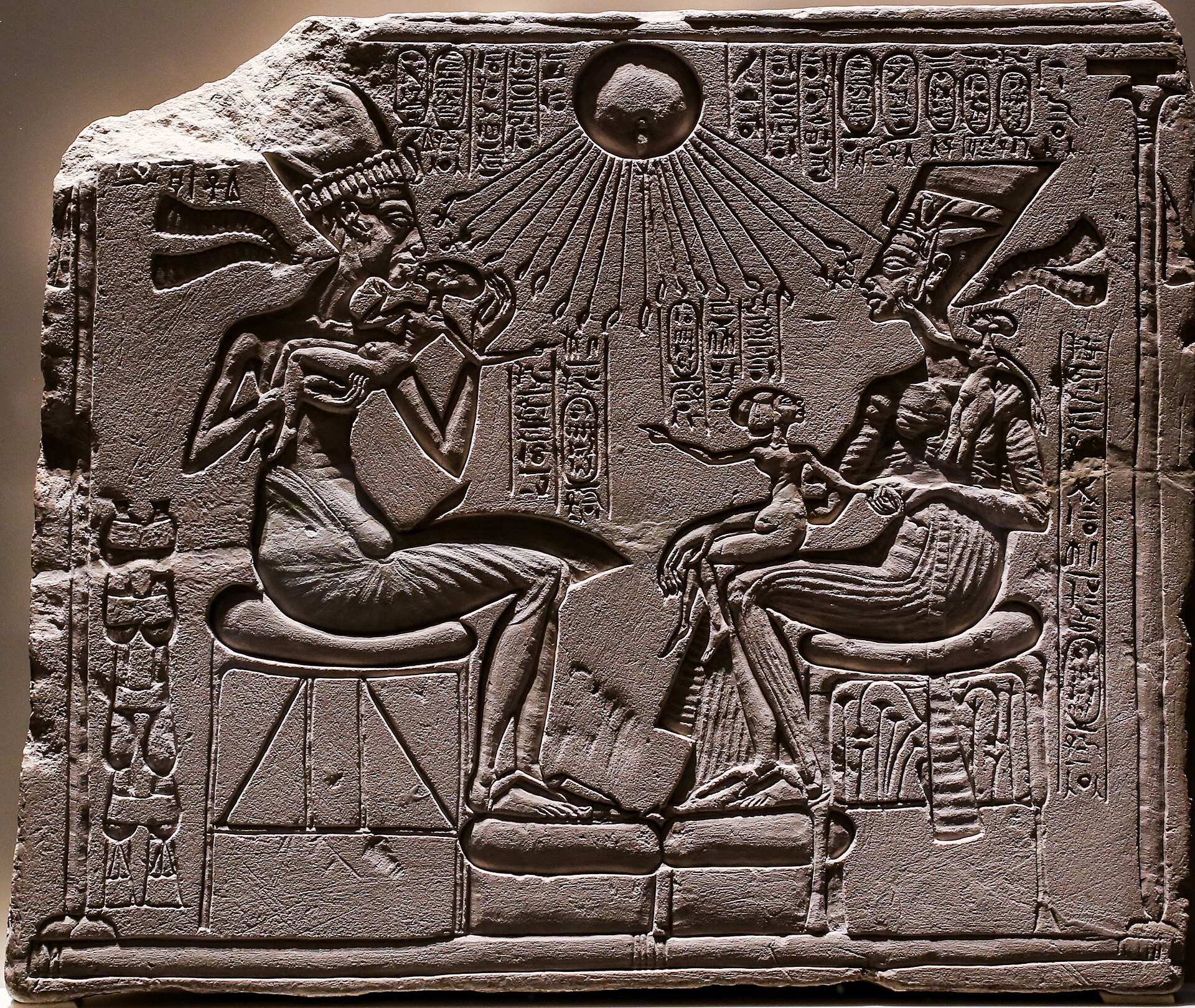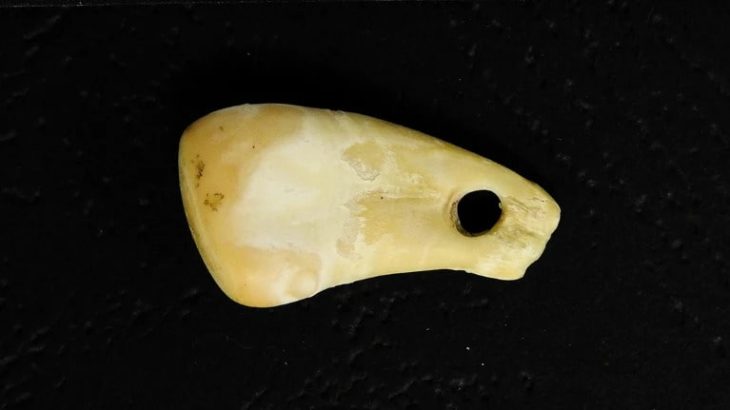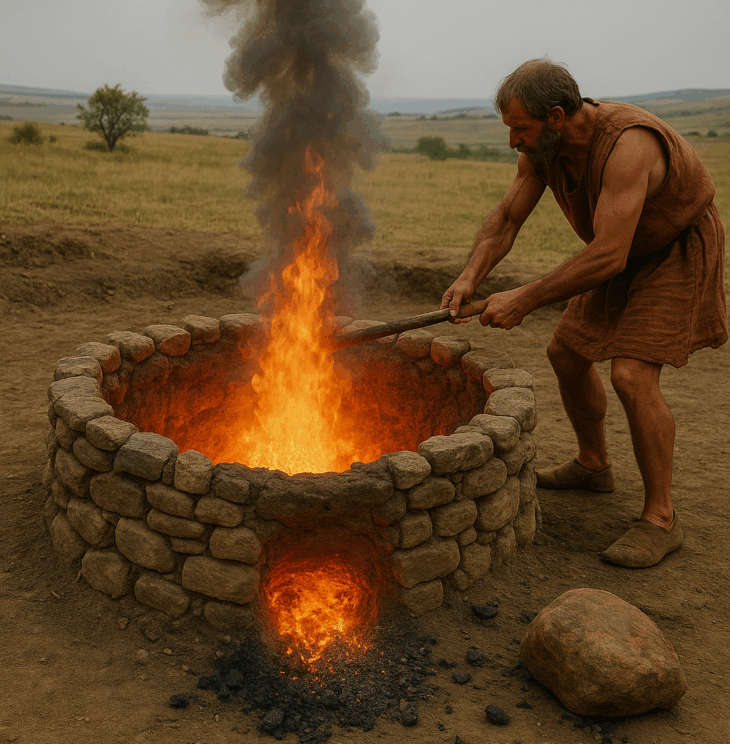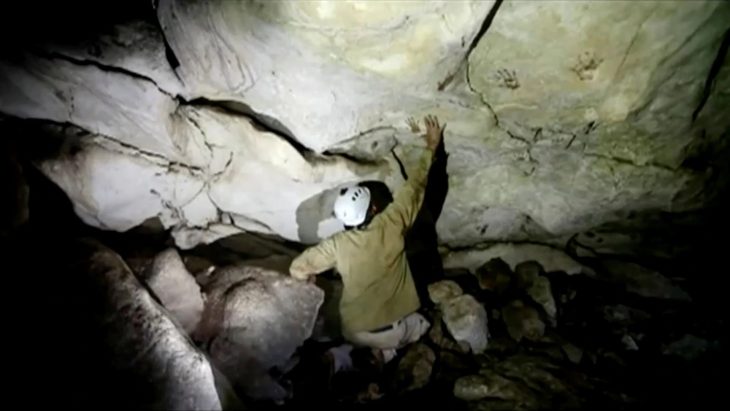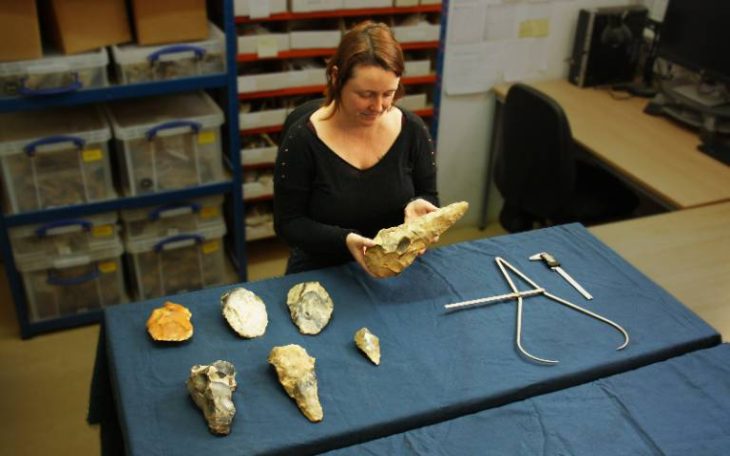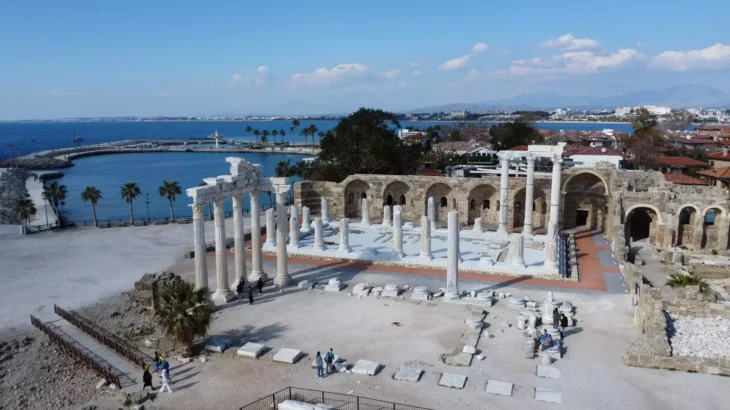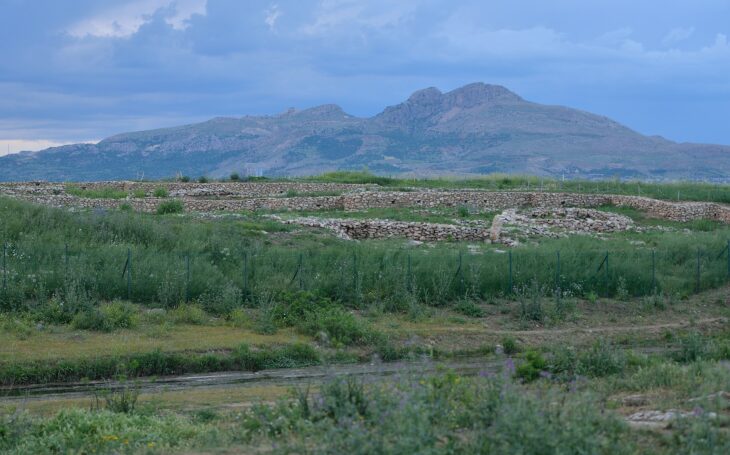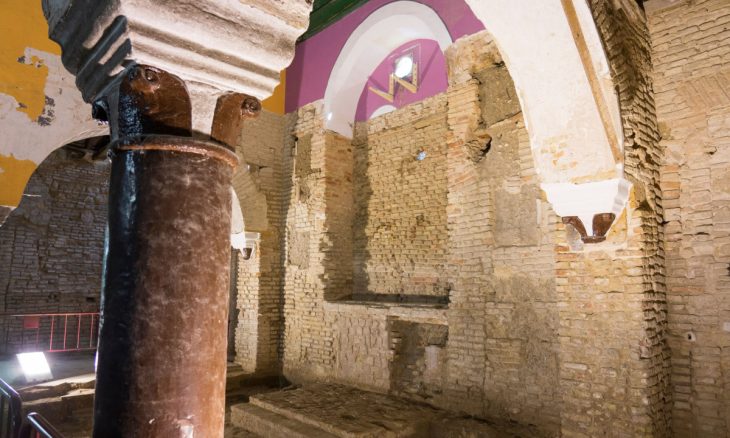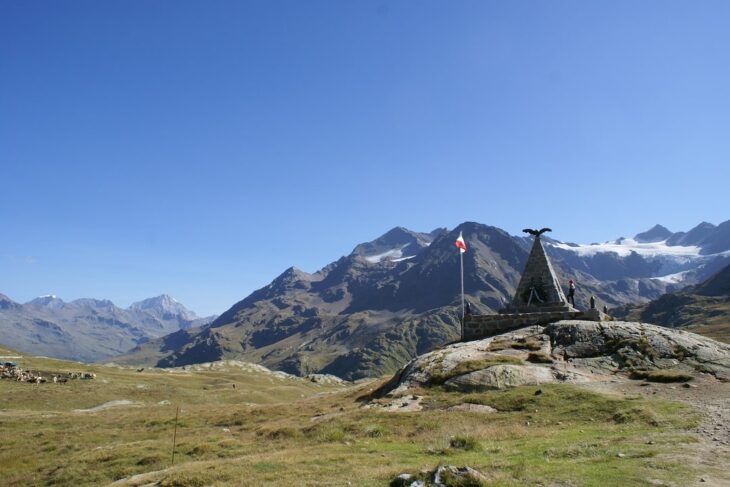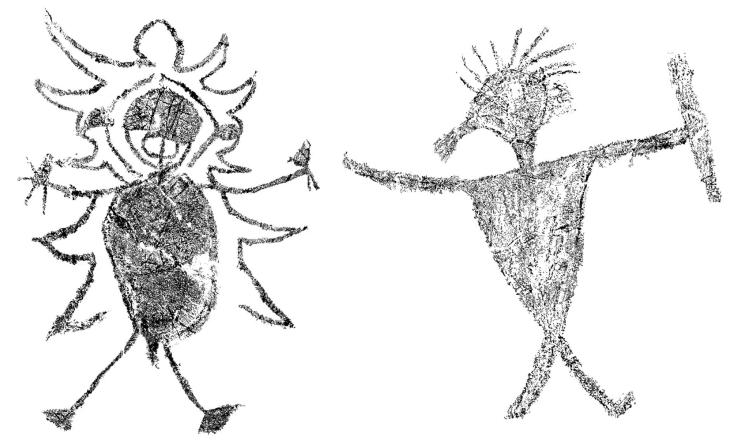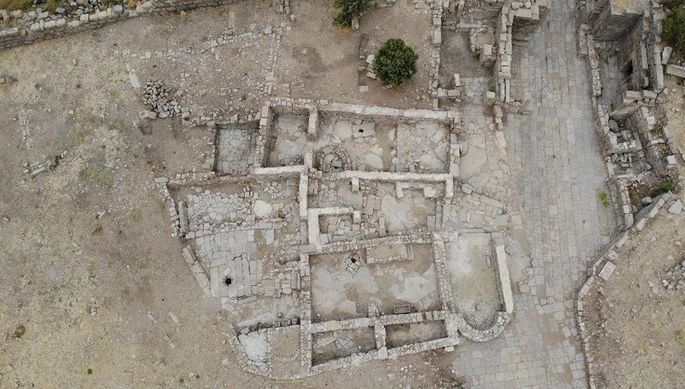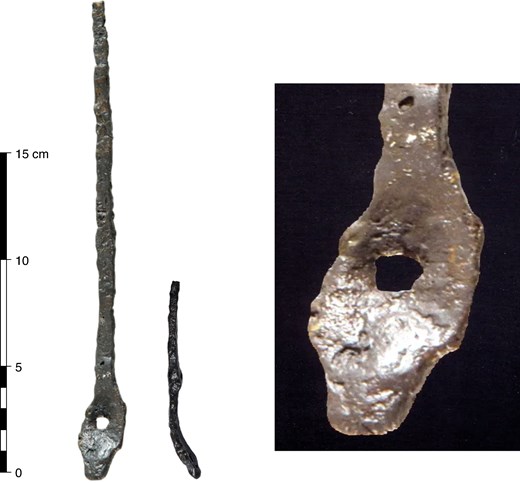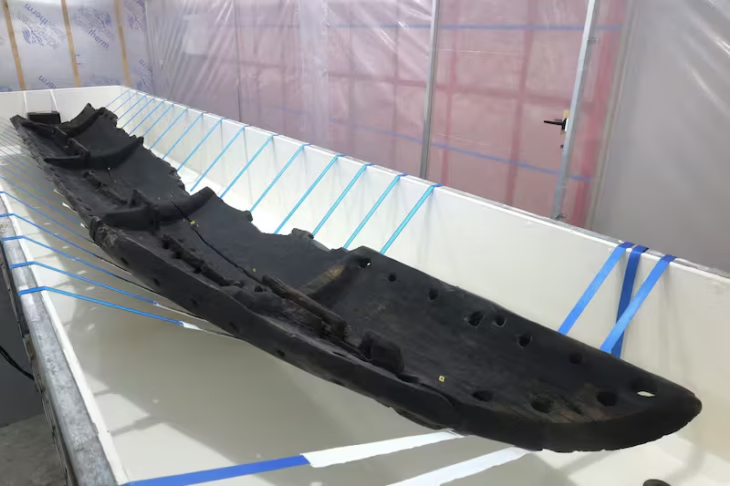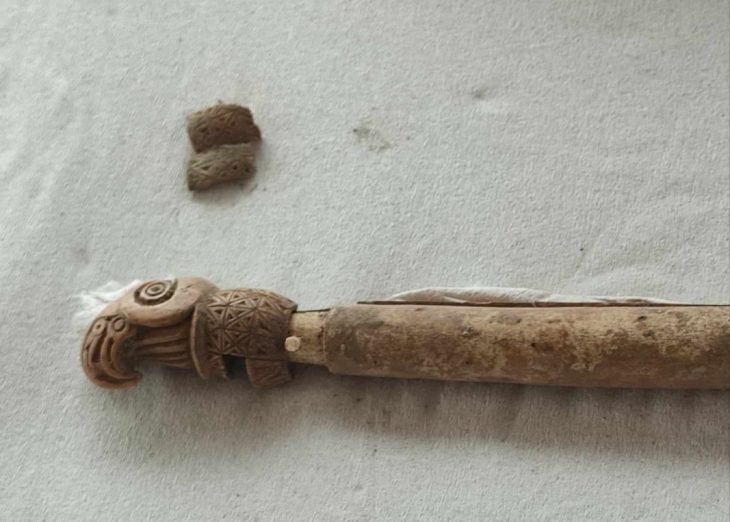New archaeological findings have reshaped our understanding of Amarna, the once-glorious capital of ancient Egypt founded by Pharaoh Akhenaten in the 14th century BCE. Known in antiquity as Akhetaten, this city was designed as a revolutionary capital devoted exclusively to the Sun god Aten, symbolizing a dramatic departure from traditional Egyptian polytheism. For about fifteen years, Amarna thrived as a political and religious center, home to impressive temples, palaces, and administrative complexes.
Following Akhenaten’s death, however, his successor Tutankhamun abandoned Amarna and returned the royal seat to Thebes. For generations, historians believed the city was permanently deserted. But recent studies, published in the Minia Journal of Tourism and Hospitality Research, now reveal a forgotten chapter in Amarna’s history—its transformation into a hub of Christian monasticism during the Roman and Byzantine periods.
Archaeological excavations in the Amarna tombs, particularly in the northern cliff region, uncovered evidence of monastic settlements dating from the 5th and 6th centuries CE. Unlike the grandeur of the pharaonic temples, early Christian monks chose to inhabit rock-cut tombs, adapting them into austere monastic dwellings, churches, and workshops. The Tomb of Panehsy, also known as Tomb 6, revealed a small church complete with an apse decorated with red crosses, birds, and an eagle—symbols deeply rooted in early Christianity in Egypt.
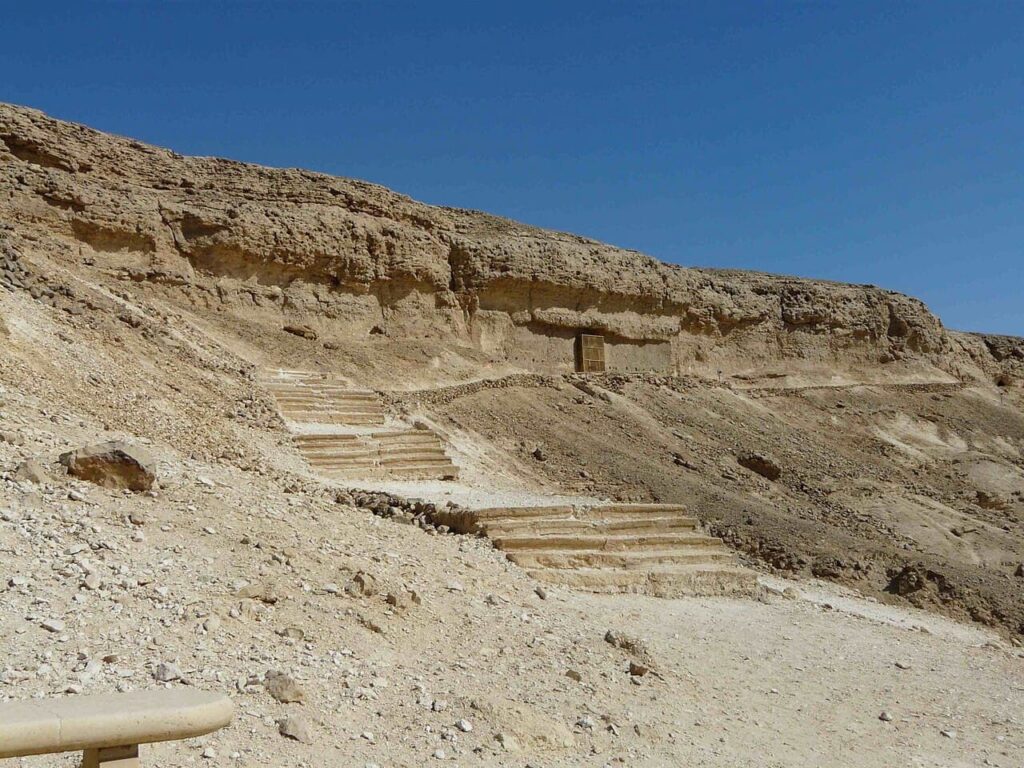
Material evidence, including imported amphorae from Tunisia, Syria, and Alexandria, points to active trade during this period. Items such as cooking vessels, looms, and carved storage niches suggest a highly organized and self-sufficient monastic lifestyle. This material culture offers a window into the daily routines of monks who transformed Amarna’s sacred desert into a new spiritual landscape.
According to the study, the monks’ presence in Amarna was not the result of political exile or persecution. Rather, it was the desert monasticism ideal—seeking solitude and spiritual purification—that drew them to this isolated location. The tombs and cliffs, elevated above the Nile Valley, likely held symbolic significance as a barrier between the sacred and the profane. In doing so, the monks reimagined Amarna not only as a place of retreat but also as a site of spiritual resistance and rebirth.
📣 Our WhatsApp channel is now LIVE! Stay up-to-date with the latest news and updates, just click here to follow us on WhatsApp and never miss a thing!!
This new interpretation of Amarna expands its historical significance—from a fleeting pharaonic experiment in religious innovation to a long-lasting center of Christian archaeology in Egypt. It stands as a rare example of a site where two distinct religious revolutions—Atenism and Christianity—left their mark on the same landscape across centuries.
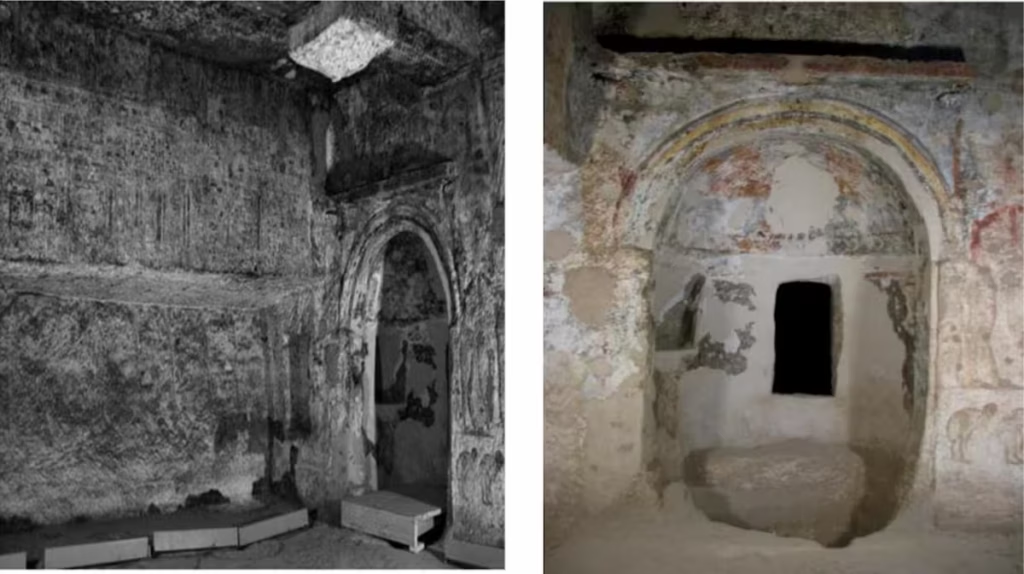
Ahmed Fathy Saddik, Samar Mostafa Kamal, Walaa Mohamed Abdekhakim (2025), Life at Amarna during the late Roman Period. Minia Journal of Tourism and Hospitality Research, vol.19, no.2. DOI:10.21608/mjthr.2025.383481.1199
Cover Image Credit: Akhenaten, Nefertiti and their children. Public Domain

